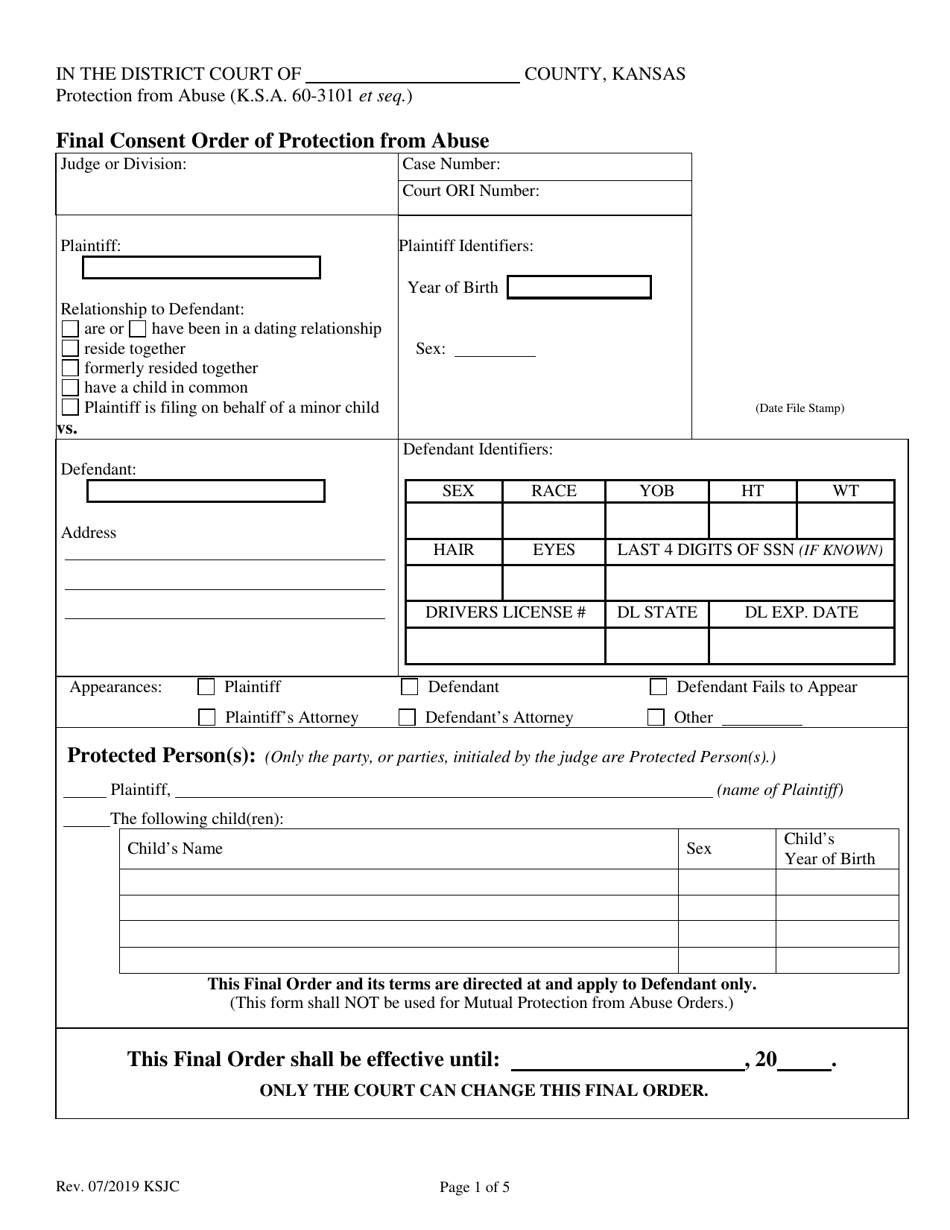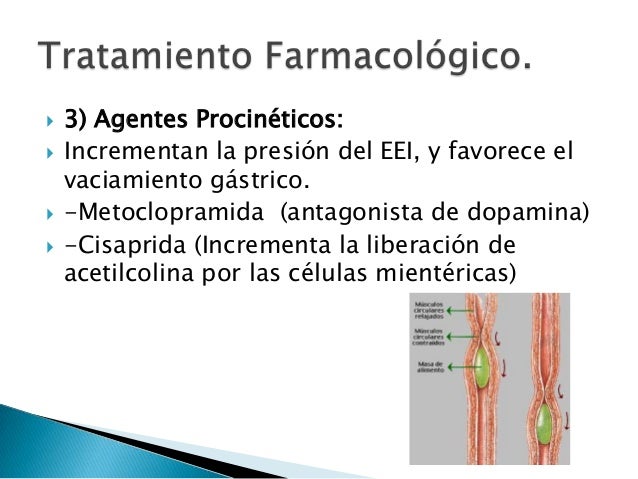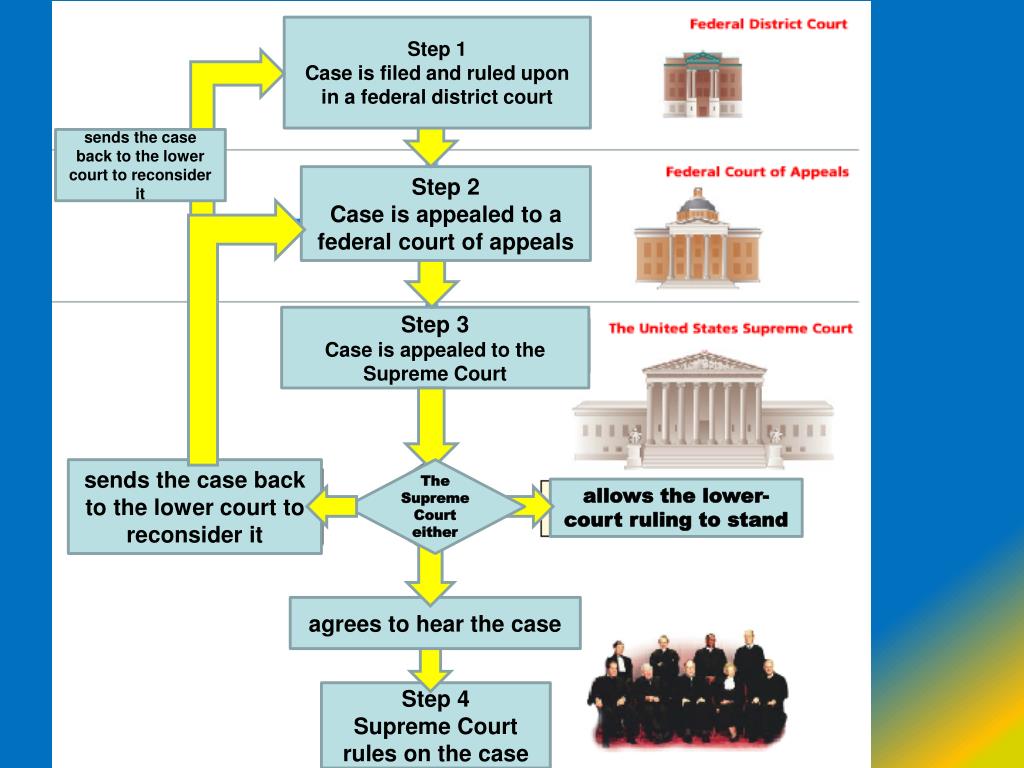

individuals rights over their data (including right of access).what those organisations will do with the data.who / which organisations data is shared with and why.how the data is stored and how long for, and how security is ensured.the lawful basis for processing the data (where applicable).the categories of data collected / processed.

 be written in clear language the individual will understand. It is recommended that a good privacy notice contain the following: In such cases, you should notify the individual by way of a privacy notice under IPP 3 and HPP 4. is required or permitted under a different public interest exemption (for example s27A, Band C of the PPIP Act). is required or permitted by another law or. is 'for a directly related secondary purpose' or. These are authorised on grounds other than consent, for example, when use or disclosure: There are routine primary and secondary uses or disclosures over which you offer the individual little or no choice. However, it is not a mechanism by which regulated entities may deal with personal information that deviate from their responsibilities under privacy legislation. It notifies individuals of the terms under which a regulated entity will provide a service or some other type of engagement with the public. The purpose of a privacy notice is to provide accessible information to individuals about the use of personal information by the regulated entity. It is important to not confuse a privacy notice with consent. Notifying a person of what you intend to do with their information is not the same as seeking their consent to do those things. It simply states: 'this is what is going to happen with your personal information'. What is the difference between a privacy notice and a consent form?Ī privacy notice is a one-way communication it does not ask for a response from the individual. 'Bundled' authorisations may not meet the criteria for valid consent. Unless otherwise indicated, consent can be express or implied, written or verbal. To be valid, consent must be: voluntary, informed, specific, current, and given by a person with capacity. In the absence of another rule or exemption, secondary uses or disclosures of personal information will require the consent of the individual. Where society decides that there are competing interests that should override those protections, then those societies approve exemptions, or other methods of obviating the requirements of privacy statutes. The NSW Privacy laws provide for consent, necessity, limitations, security, and other protections for personal information. The relevant regimes contemplate the collection of limited information for a specific purpose (or identified purposes). The principle of an individual being able to not identify themself (unless necessary for some public interest purpose) is a cornerstone of privacy and data protection regimes. Any reference to personal information in this fact sheet should be read to include health information. It will assist organisations to refer directly to the text of particular statutory provisions that specific circumstances raise for consideration. NOTE: This Guidance is not intended to be legal advice for specific cases or a complete explanation of how privacy protection principles that raise consent issues need to be interpreted. This Fact Sheet refers to the Information Protection Principles (IPPs) in the Privacy and Personal Information Protection Act 1998 (NSW), and the Health Privacy Principles (HPPs) in the Health Records and Information Privacy Act 2002 (NSW). This fact sheet has been designed to provide guidance to NSW public sector agencies and Health Care Providers in understanding the issue of consent in relation to Privacy laws in NSW. Privacy laws in NSW sometimes require that an individual's consent is needed for an activity to occur.
be written in clear language the individual will understand. It is recommended that a good privacy notice contain the following: In such cases, you should notify the individual by way of a privacy notice under IPP 3 and HPP 4. is required or permitted under a different public interest exemption (for example s27A, Band C of the PPIP Act). is required or permitted by another law or. is 'for a directly related secondary purpose' or. These are authorised on grounds other than consent, for example, when use or disclosure: There are routine primary and secondary uses or disclosures over which you offer the individual little or no choice. However, it is not a mechanism by which regulated entities may deal with personal information that deviate from their responsibilities under privacy legislation. It notifies individuals of the terms under which a regulated entity will provide a service or some other type of engagement with the public. The purpose of a privacy notice is to provide accessible information to individuals about the use of personal information by the regulated entity. It is important to not confuse a privacy notice with consent. Notifying a person of what you intend to do with their information is not the same as seeking their consent to do those things. It simply states: 'this is what is going to happen with your personal information'. What is the difference between a privacy notice and a consent form?Ī privacy notice is a one-way communication it does not ask for a response from the individual. 'Bundled' authorisations may not meet the criteria for valid consent. Unless otherwise indicated, consent can be express or implied, written or verbal. To be valid, consent must be: voluntary, informed, specific, current, and given by a person with capacity. In the absence of another rule or exemption, secondary uses or disclosures of personal information will require the consent of the individual. Where society decides that there are competing interests that should override those protections, then those societies approve exemptions, or other methods of obviating the requirements of privacy statutes. The NSW Privacy laws provide for consent, necessity, limitations, security, and other protections for personal information. The relevant regimes contemplate the collection of limited information for a specific purpose (or identified purposes). The principle of an individual being able to not identify themself (unless necessary for some public interest purpose) is a cornerstone of privacy and data protection regimes. Any reference to personal information in this fact sheet should be read to include health information. It will assist organisations to refer directly to the text of particular statutory provisions that specific circumstances raise for consideration. NOTE: This Guidance is not intended to be legal advice for specific cases or a complete explanation of how privacy protection principles that raise consent issues need to be interpreted. This Fact Sheet refers to the Information Protection Principles (IPPs) in the Privacy and Personal Information Protection Act 1998 (NSW), and the Health Privacy Principles (HPPs) in the Health Records and Information Privacy Act 2002 (NSW). This fact sheet has been designed to provide guidance to NSW public sector agencies and Health Care Providers in understanding the issue of consent in relation to Privacy laws in NSW. Privacy laws in NSW sometimes require that an individual's consent is needed for an activity to occur. #JUDICIAL CONSENT DOWNLOAD DOWNLOAD#
You can view the document below or download it here Fact Sheet - Consent and Bundled Consent June 2019







 0 kommentar(er)
0 kommentar(er)
